Introduction to Insertion and Extraction Force Testers
Insertion and extraction force testers are essential instruments in assessing the mechanical reliability of connectors and other components in the electronics industry. These devices measure the force required to insert or withdraw an electrical component from its socket, ensuring that both actions can be performed without causing damage or undue stress to the part or the equipment.
Types and Applications
There are various types of insertion and extraction force testers tailored to specific applications, ranging from simple hand-held devices to sophisticated automated systems. These testers are crucial for quality control in manufacturing environments, where consistent and repeatable measurements are necessary to maintain product standards. They are also used in research and development settings to evaluate prototype connectors and in repair services to ensure ongoing equipment reliability.
Features and Materials
The construction of insertion and extraction force testers involves robust materials capable of withstanding repetitive use. They come with features such as digital readouts, adjustable test speeds, and the ability to record force profiles over time. The precision of these instruments is paramount, with sensors and gauges designed to provide accurate force measurements.
Advantages of Using Force Testers
Utilizing an insertion and extraction force tester brings numerous advantages to electronic component testing. These devices offer objective quantification of force, which is critical for ensuring the consistency of connectors. They also help in identifying manufacturing defects and improving product designs by providing data on force requirements under various conditions.
Selection Considerations
When selecting an insertion and extraction force tester, it is important to consider the range of force measurement, the size and type of connectors to be tested, and the desired level of automation. Testers should be chosen based on the specific needs of the task at hand, without compromising on the accuracy and reliability of measurements.
Complementary Testing Equipment
In addition to insertion and extraction force testers, complementary testing equipment such as circuit analyzers and optical time-domain reflectometers play a vital role in a comprehensive testing regimen. These tools work in tandem to ensure the overall functionality and safety of electronic components and systems.

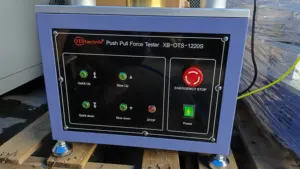





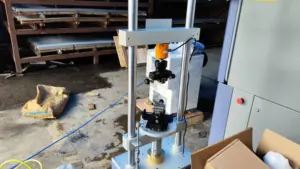



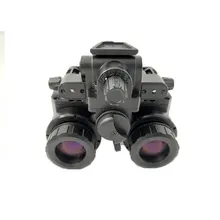
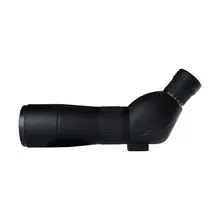
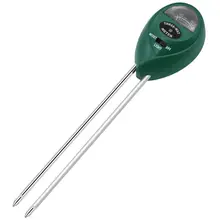



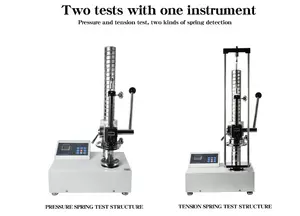













 浙公网安备 33010002000092号
浙公网安备 33010002000092号 浙B2-20120091-4
浙B2-20120091-4